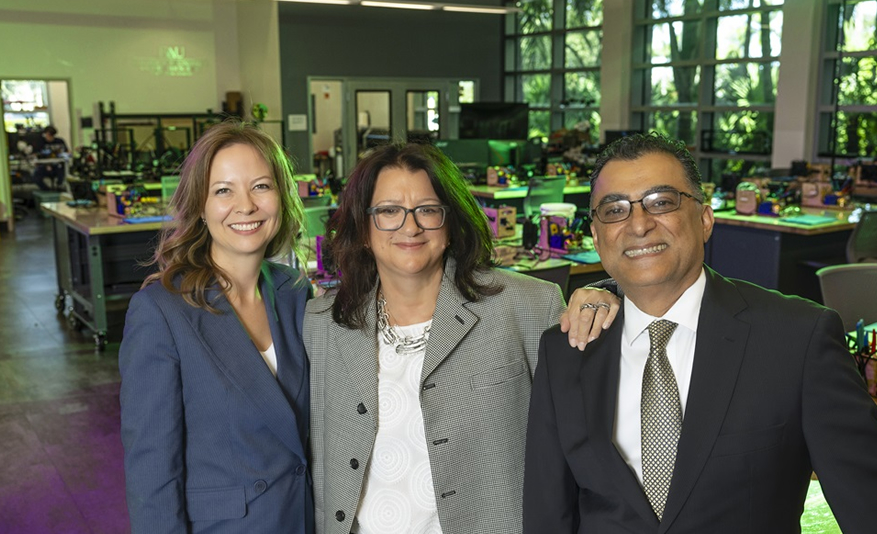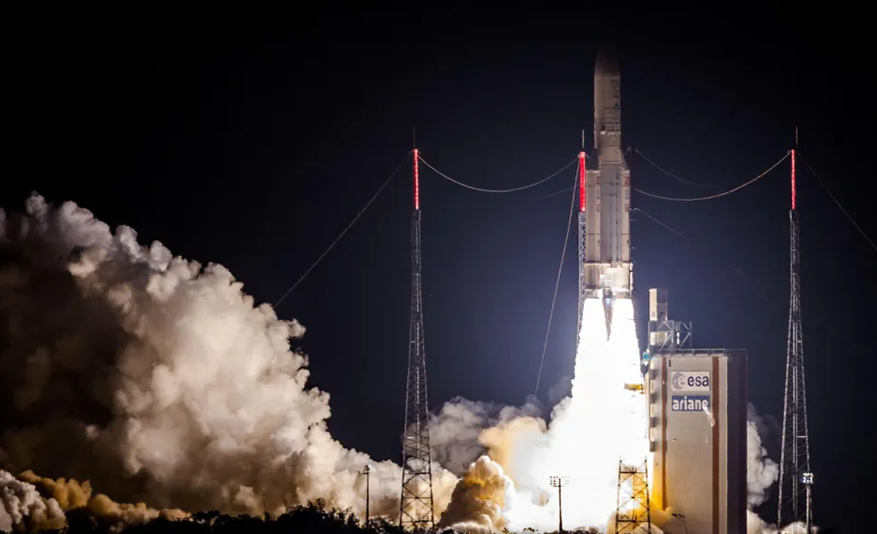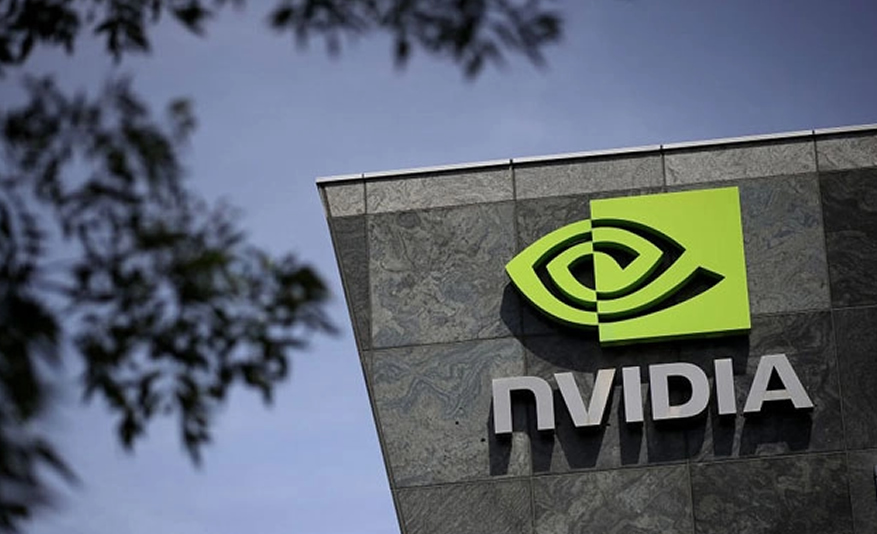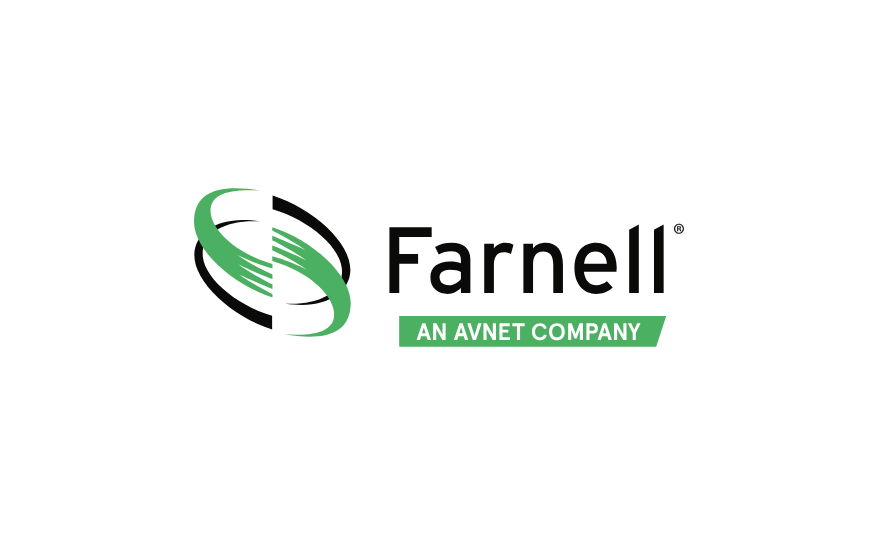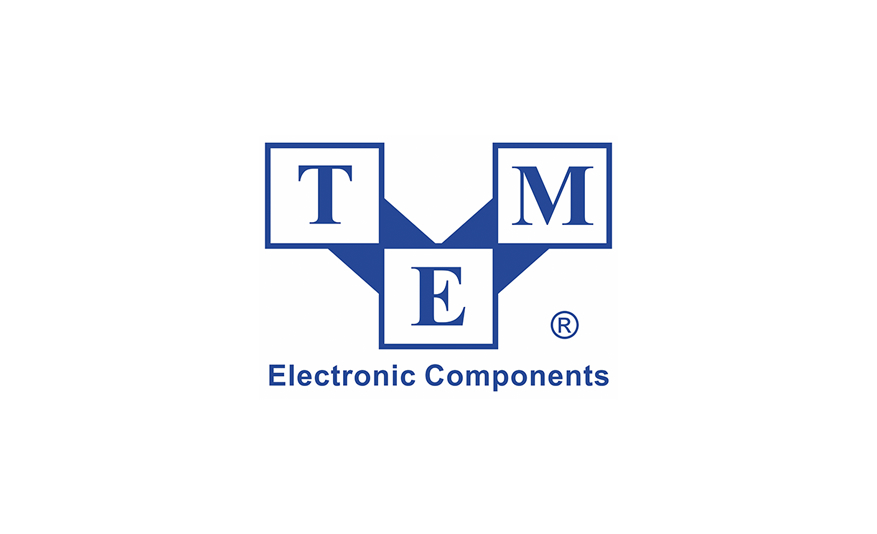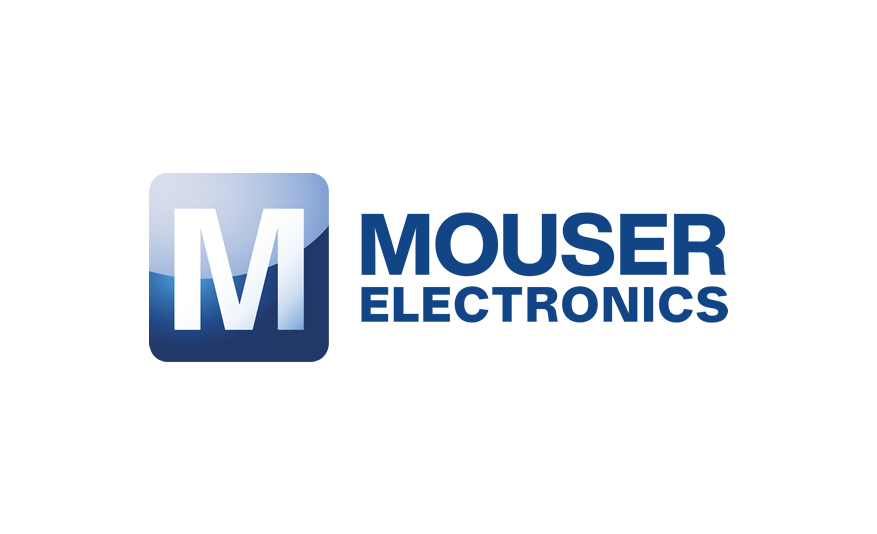The emergence of generative artificial intelligence, including chatbots like ChatGPT, raises the stakes of education’s relationship with information technology. Much public discussion and media coverage focuses on potential academic cheating, which misses the bigger picture.

As educators ourselves, we believe it is our responsibility to equip students to use generative AI ethically and effectively. In our roles as generative AI faculty fellows at San Diego State University, we have been helping to educate our campus community about generative AI’s promises and perils, empowering faculty, staff and students to use it responsibly and productively. Doing so not only enhances learning. It also prepares our students — in ways that only humans can — to be better thinkers as they join today’s AI-assisted workforce, meeting the economy’s need for such upskilling.
Of the 23 California State University campuses, SDSU was the first to develop and implement a strategic, proactive plan for responding to generative AI with guidelines for the entire campus community and structured training through the Academic Applications of AI (AAAI) micro-credential. This program, now available across the CSU, was developed to assist our campus community in understanding the costs and benefits of generative AI. We also created the Equitable AI Alliance, a consortium dedicated to advancing affordable and accessible generative AI.
As part of this effort, last fall, the university first administered a now annual AI student survey to gain insights into students’ engagement with AI, providing a valuable resource for understanding their evolving perspectives. Most students report already using generative AI — but they desire instruction on how to use it properly for classwork and career preparation.
Beyond the university level, our work is relevant for all students — including those at the K-12 level — and for parents and families to consider and discuss. Given the pace of AI’s growth, now is a good time to have those conversations.
Generative AI use requires caution. Considerations include its bias, privacy threats, environmental impact, and the need to democratize access. Being attentive to access allows us to leverage generative AI’s capability to improve equity in education.
For example, generative AI can be a patient, low-cost tutor or translator. It can also provide advanced text-to-speech and speech-to-text services for those with visual, speech or hearing challenges, or reword written passages for students with cognitive disabilities.
Plus, when prompted effectively, it encourages students to engage in critical inquiry, for instance by asking its own questions, inviting students to wonder and ask “what if” — to play — which fuels intellectual growth.
Room for play is too limited in school today. Take how we’ve replaced chalkboards with presentation slides. Slideshows can impose a linear structure to lessons that, like an interstate highway bypassing small towns, disallows creative detours. As engineering professor Josh Brake explains, writing on a chalkboard gives students the time needed to reflect and come up with questions. Creative use of generative AI can help us reclaim that thinking time and enable deeper exploration into topics of interest.
Elevating education for everyone requires policies and guidelines for responsible generative AI use. Teachers must be supported through training to effectively and appropriately incorporate generative AI into lesson plans. Teachers must also be supported in deciding to opt out of generative AI for certain lessons, ensuring it enhances — rather than replaces — real teaching and learning. Students, too, must be instructed on how to use generative AI not only effectively, but also ethically and for the right problems.
If generative AI is to live up to its promise, we must support teachers seeking to shift education’s emphasis from product to process. Students, and parents too, have a role here. We must also ensure that all students have the opportunity to develop generative AI skills — not just those who are affluent or whose parents or peers have been early adopters. This is how the real generative AI revolution happens.
Sobo is a faculty fellow in SDSU’s Information Technology division, with a specialization in generative AI, and a professor in SDSU’s Department of Anthropology. She lives in central San Diego. Goldberg is a faculty fellow in SDSU’s Information Technology division, with a specialization in generative AI, and an associate professor in SDSU’s Management Information Systems Department. He lives in Del Cerro.




